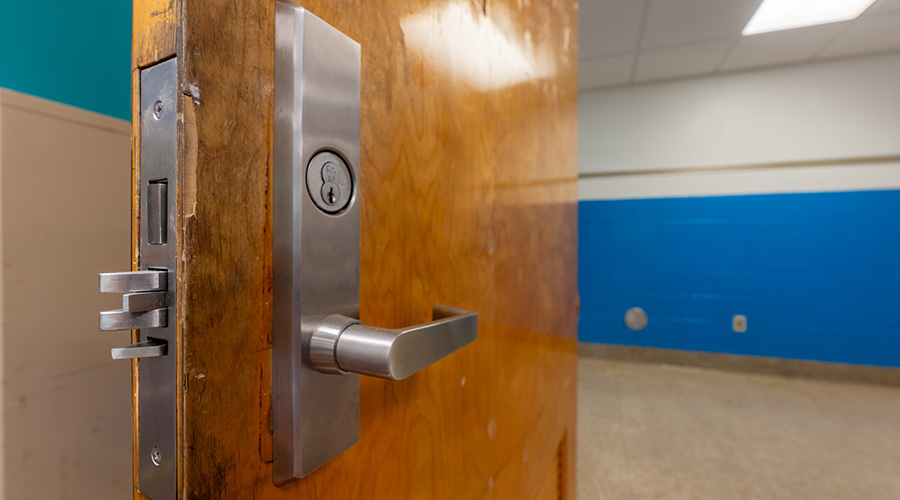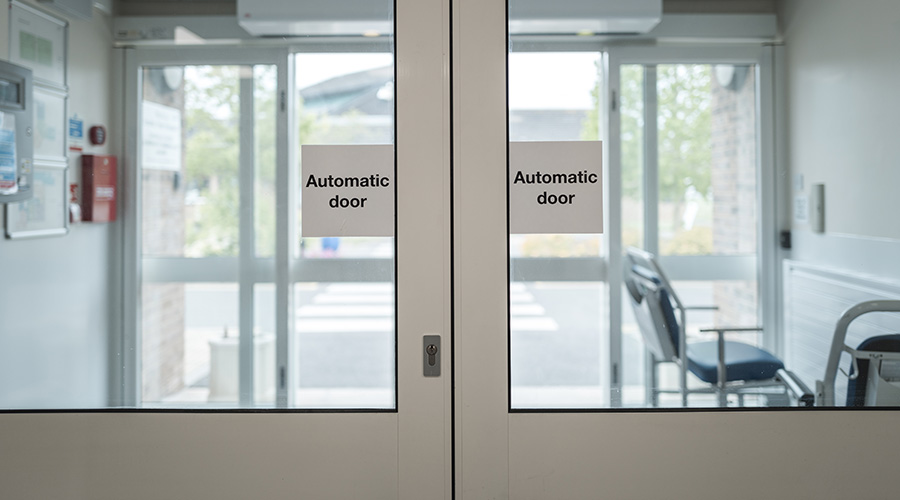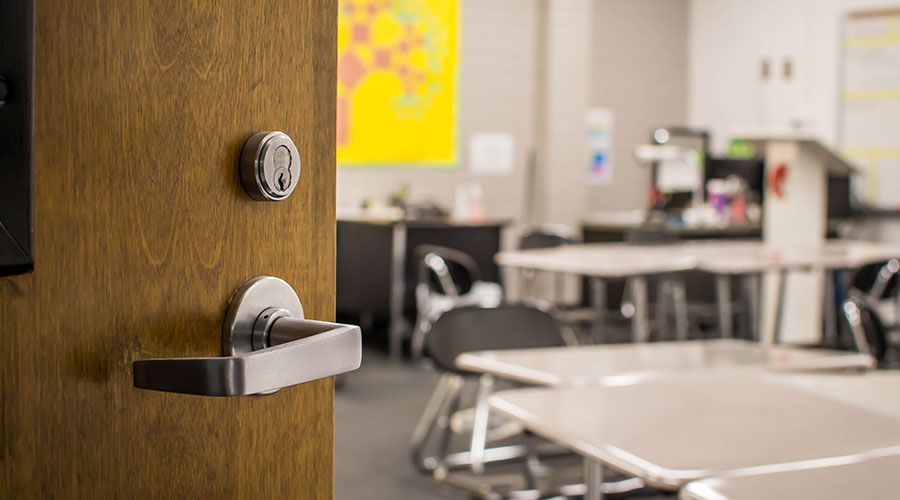Standardizing Doors, Hardware Can Help Prevent Problems
One of the problems that maintenance personnel face with door installations is the wide range of products that end up being installed in the facility. This means that the organization must stock common replacement parts for each product type, and maintenance personnel must be trained in how to service each of the various products. Standardization around a given set of products can help to avoid this problem.
Standardization also helps eliminate the problem of wasted time. When a facility has been operating with no standards in place, responding to a work order typically requires maintenance personnel to visit the site, diagnose the problem and identify the hardware components installed on the door. They then must return to the shop or travel to an outside vendor to obtain the correct manufacturer's replacement parts. Under standardization, maintenance personnel can carry with them a range of the typical parts needed to service a wide range of doors in the facility, eliminating the time-wasting second trip.
The end result of the standards process is the development of a hardware schedule that is to be followed for all door installations. The schedule lists the hardware manufacturer, model number, and finish for all door-related components by application. Maintenance personnel will have the best understanding of what works, what doesn't, and the differences in maintenance requirements among different products. This schedule will be detailed and lengthy, but by using a schedule a facility manager can specify exactly which products are to be used in each type of application.
Without standards and hardware schedules, facility managers risk having contractors install what meets their needs, not those of the facility. That is how facilities end up with many one-of-a-kind door installations, each with its own maintenance requirements and supply of repair parts. Even if substitutions are allowed, the door hardware schedule establishes the function and level of quality that must be met. If facility managers are not permitted to specify according to a schedule that names manufacturers and products, they have the option of specifying that the components meet industry-based test standards, such as those developed by the Builders Hardware Manufacturers Association.
Specifying the Installation
While some operations have sufficient qualified in-house personnel to develop specifications, most do not and may choose to look to outside help. The greater the complexity of the application or the need for a higher level of security, the more likely that outside help would be beneficial. This assistance will help to ensure that the finished application will fully meet the needs of the facility and provide the level of reliability that will not result in excessive maintenance costs, all while being in compliance with all code requirements.
The specifications must be detailed and very specific, particularly if the application must be compatible with other door installations in the facility. There are eight separate areas to be addressed by the specifications: hinges, handles and knobs, locks, bolts, exit devices, closers, door holders and stops, and miscellaneous accessories.
James Piper, PhD, PE, is a writer and consultant who has more than 35 years of experience in facilities management. He is a contributing editor for Building Operating Management.
Related Topics:














